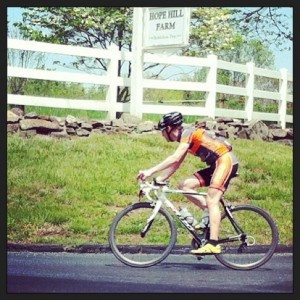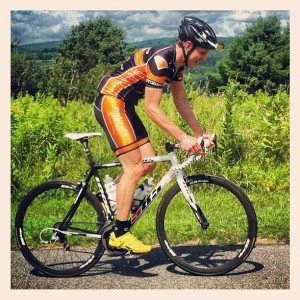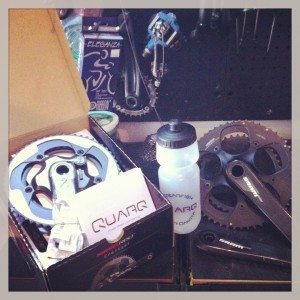Climb Like A Pro – Part 3 (Podcast #23)
 Climbing is often the albatross that follows us around on our two-wheeled adventures. Long climbs. Short power climbs. Varying pitch. Everyone has a weakness when it comes to climbing. I've spent the past two episodes of the Tailwind Coaching Podcast defining what “makes” a climber and the importance of leg speed skills in your climbing, hoping to give you the confidence to go out and hit the hills like a pro. This time, I'm going to put the last pieces of the puzzle in place. You'll hear about breathing and rhythm, reading the road, breaking a climb into parts, and finally the discussion will turn to how to tackle a variety of climbs that you may encounter, including:
Climbing is often the albatross that follows us around on our two-wheeled adventures. Long climbs. Short power climbs. Varying pitch. Everyone has a weakness when it comes to climbing. I've spent the past two episodes of the Tailwind Coaching Podcast defining what “makes” a climber and the importance of leg speed skills in your climbing, hoping to give you the confidence to go out and hit the hills like a pro. This time, I'm going to put the last pieces of the puzzle in place. You'll hear about breathing and rhythm, reading the road, breaking a climb into parts, and finally the discussion will turn to how to tackle a variety of climbs that you may encounter, including:
- Short “roller” type climbs
- Short “power” climbs
- Mid-length climbs
- Long “grinding” climbs
- The ultra-steep, long climbs
As I promise in this podcast, I'm including a couple of links to previous posts that I've published:
Breathing (part 1) – Physiology
Breathing (part 2) – Putting Skills into Practice
As always, if you're on iTunes, please leave a rating: it helps the show move up the rankings and allows me to bring this information to more and more people. And if you have any questions, feel free to contact me with questions.
Check out the previous episodes of the “Climb Like A Pro” series:
Podcast: Play in new window | Download (Duration: 56:12 — 51.5MB)
Subscribe: RSS




